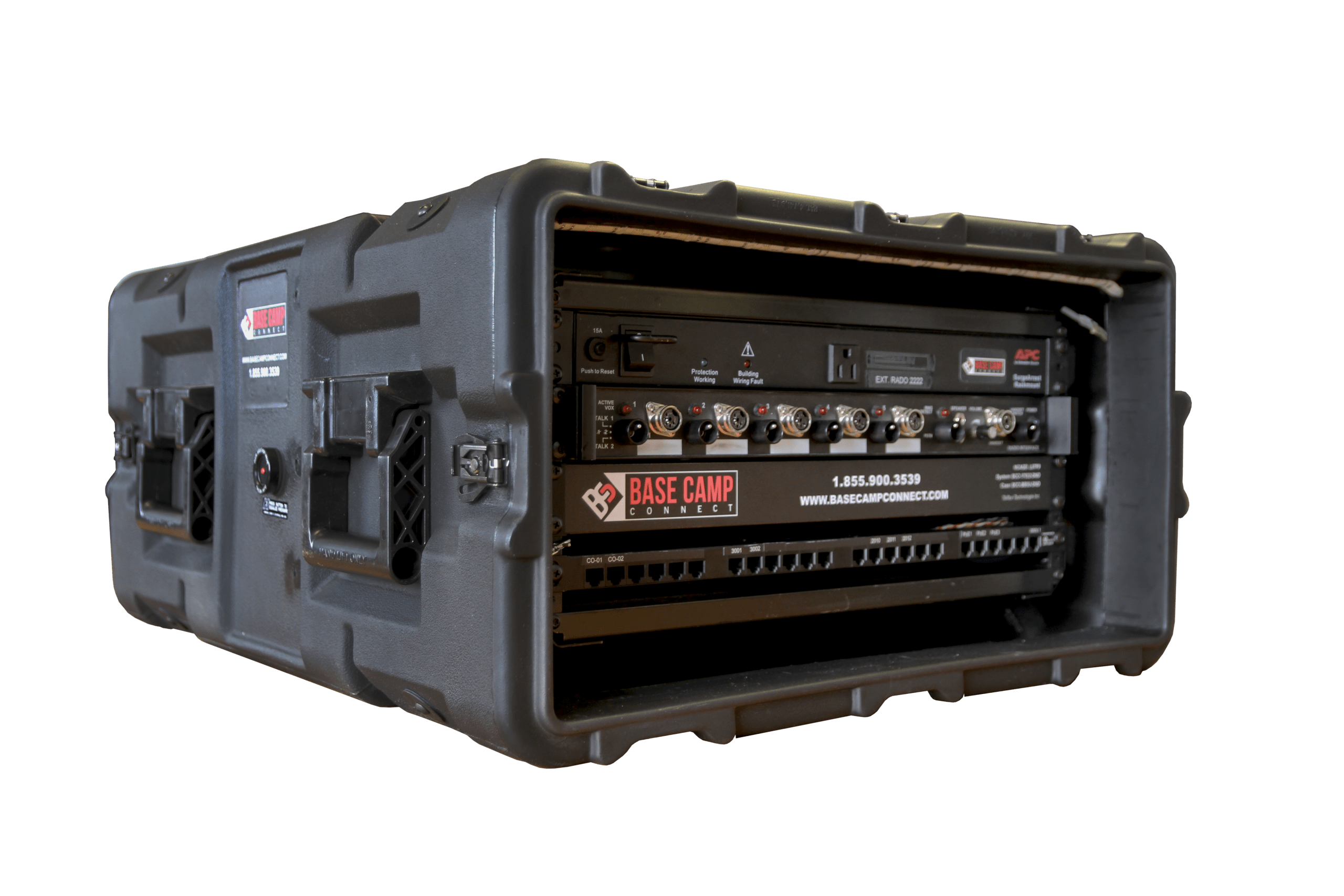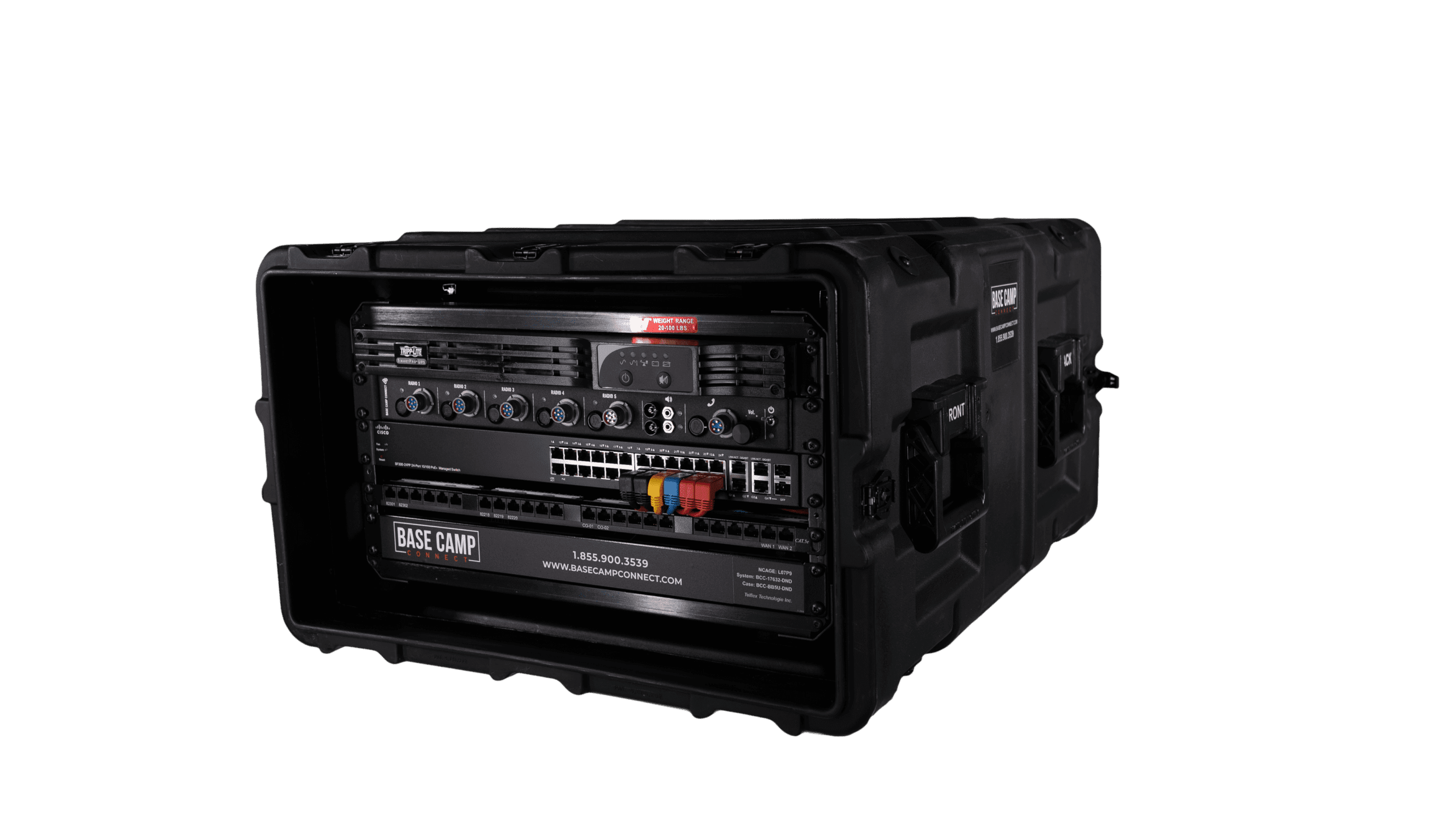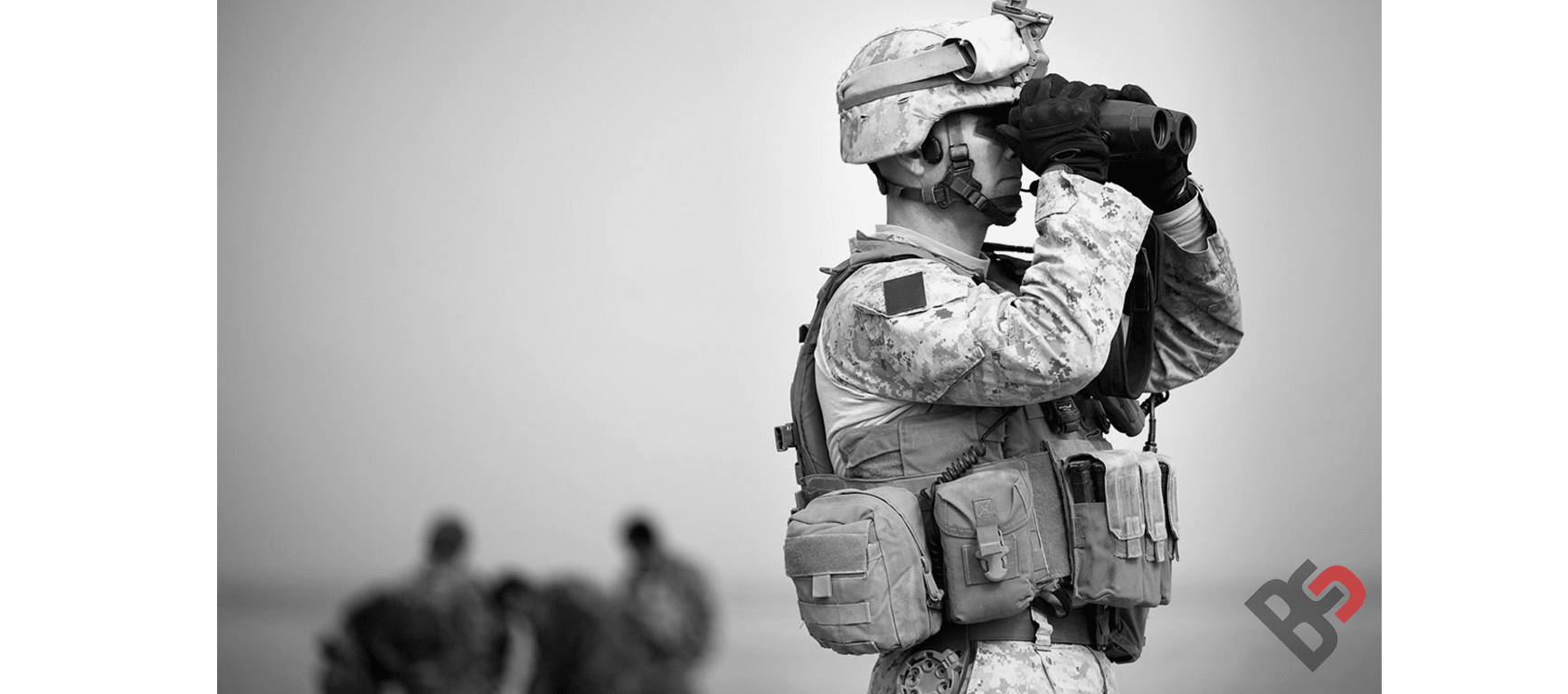Originally published by Adam Stone in C4iSR magasine
SECURITY: THE LONG-STANDING ISSUE
In practical terms, the communications breakdown today typically is due to the method of carrying calls. ISDN lines do not have nearly the voice, data and video capabilities of today’s IP-based systems, nor can the two readily interconnect. Yet much of the military remains locked into the older methodology. Even as VoIP continues to rise in prominence, the military still lags behind in the use of it. Even as intelligence has migrated to end terminals in the IP world, the continued use of legacy networks hinders military leaders from taking full advantage of these capabilities.
The Pentagon signaled in the mid-2010’s it wanted these problems addressed ‘in the near future’, with leadership calling for a more unified set of capabilities by 2016. This includes the ability to share voice, video and data on a single network. Such convergence streamlines costs and enables enhanced coordination, with interoperable calling serving as a key piece of the puzzle.
Thus far it has been challenging for end users to place point-to-point calls in today’s segregated environment – especially given the added layer of complication that comes with the need for military-grade security. If networks were freely conjoined and traffic flowed openly without concerns for security, interoperability would likely be less of an issue. But security concerns preempt such a possibility. Military communications traffic must be locked down tight, with different levels of security for different levels of communication.
Planners have often, and quite rightly, put rigid controls over the security of voice and data flow. As a result, however, the rigidity of the structure has in fact hindered the ready sharing of communications across platforms. These necessary security controls sometimes have effectively shut off the possibility of connectivity between disparate systems. “They have built a moat, which is good, but now they don’t know how to get across the water,” as one analyst put it.
NEW SOLUTIONS
Despite these diverse hurdles, interoperable communications are increasingly becoming a reality in military circles. Solutions based on published standards and interfaces are helping to take down the walls, creating seamless communications networks that operate across a range of devices and platforms.
One example comes from REDCOM. Certified as a DISA Local Session Controller, REDCOM’s solutions cut across virtually all media, moving communications through data networks, conventional voice, satellite and radio, thanks to a philosophical and practical commitment to published (open) standards.
For military telecommunications planners looking for interoperability, REDCOM’s efforts may give a hint as to possible solutions. Specifically, the company has hung its hat on a commitment to support a spectrum of open standards including SIP, SCIP, V.150.1, T.38, IPv4, IPv6, ANSI 619a, MLPP, Q.955, C7, SS7, GR-303, V5.2, CAS, DTMF, MFC/R2, MF/R1, FGC, CLASS, ISDN, PRI/BRI and Euro ISDN.
This ability to interoperate even with legacy systems can be a significant advantage to military network planners, as it allows them to utilize existing legacy resources within their communications plans.
“You need to carry forward the technology from the legacy world and add together all these other capabilities within a single box. It becomes an issue of transportability; it becomes an issue for the individual who is doing installation and maintenance, who needs something scalable, something small and deployable,” Kohlmeier said.
On a conceptual level, for any solution to deliver true interoperability, there needs to be some interplay between hardware and software components. “There needs to be the hardware interface with the signaling layer itself, combined with software to interpret the varied protocols. The software should be developed to allow this interoperability, including the applications that allow you to send the varied signals and to convert those into interoperable operations,” Kohlmeier said. “You need hardware that can connect directly to their system and the software that can connect to the protocol they are using.”
If REDCOM’s experience is typical of industry advances, adherence to published standards may well be the key to secure and interoperable C2 communications going forward.
What remains to be seen is whether the military will muster the strategic and economic will to pursue such solutions.
“The trouble we have is one of resources,” Brown said. “Because we have multiple architectures out there, we do end up having to install duplicate infrastructure. In a world of dwindling resources, we are going to be in a situation where those funds are going to be harder to come by. It’s becoming harder to afford all the different community-specific architectures.”
REDCOM’s integration in the Base Camp Connect lineup
Base Camp Connect incorporates the REDCOM platform into its rugged man-portable interoperability solutions for Military expeditionary forces, to prove secure voice, data and radio communications within 5 minutes of deployment.














